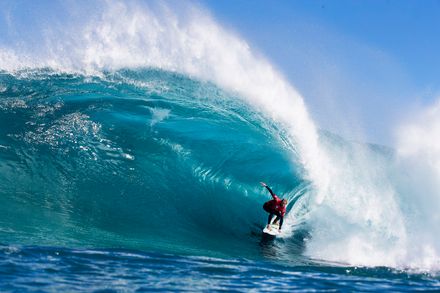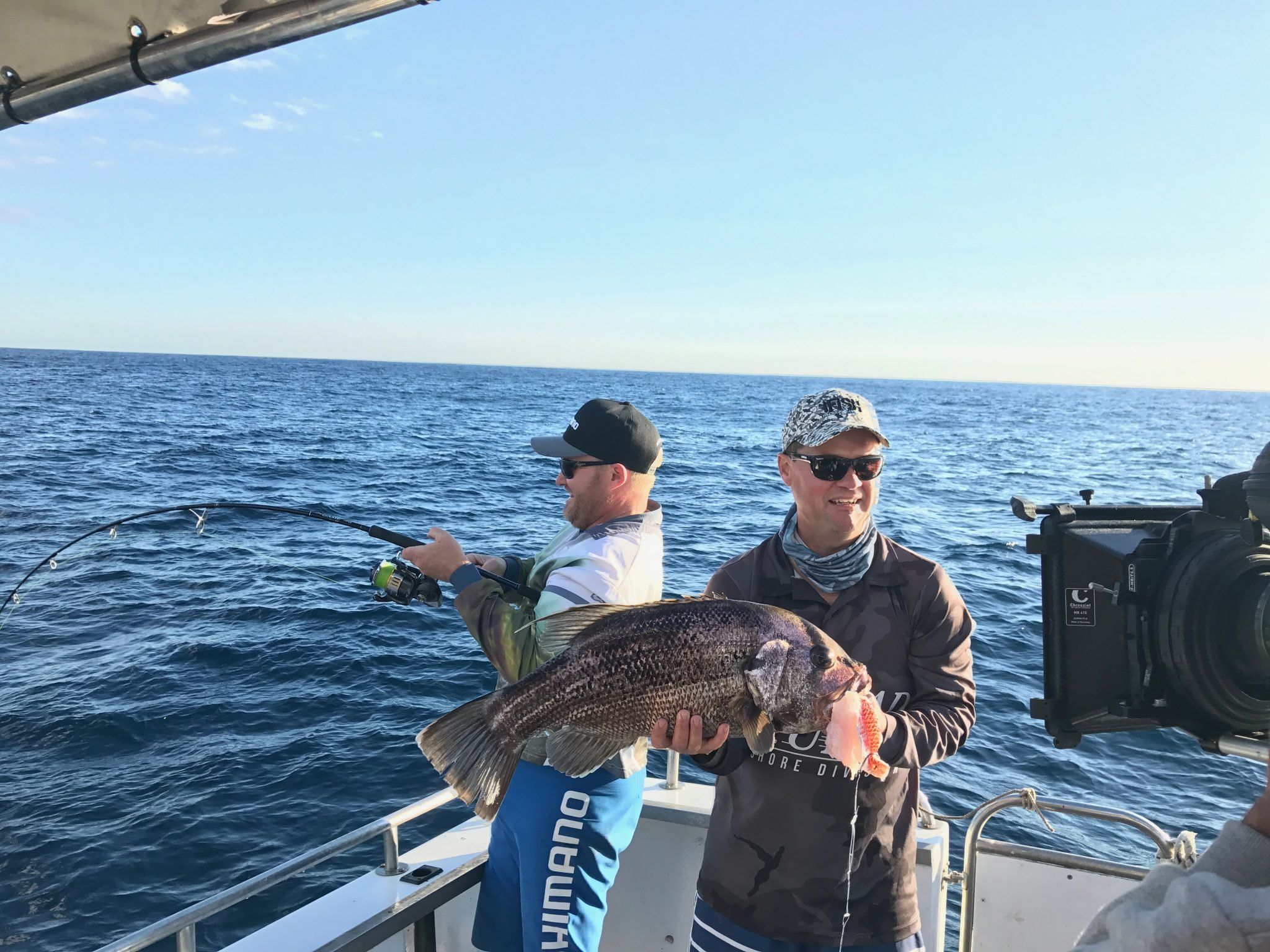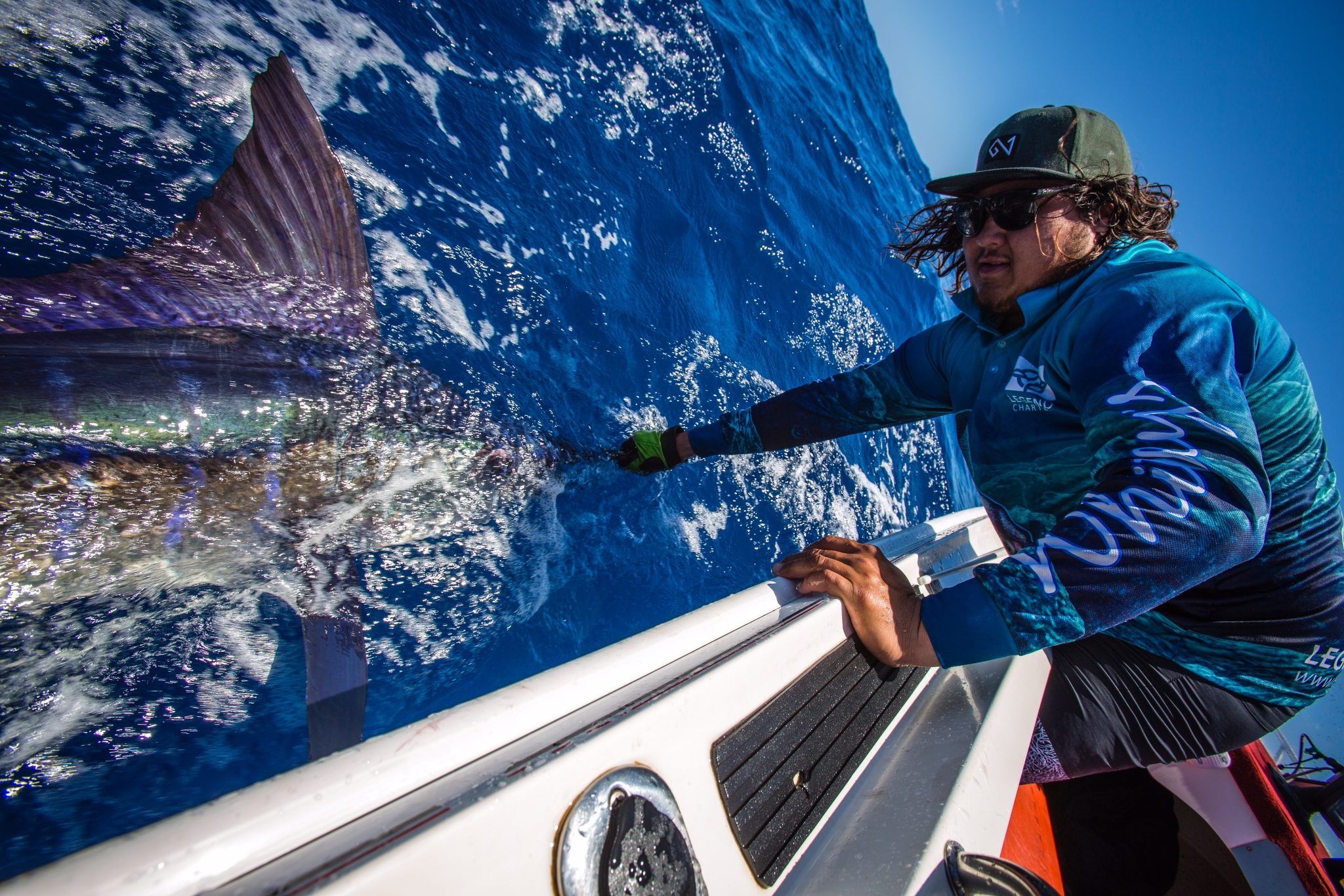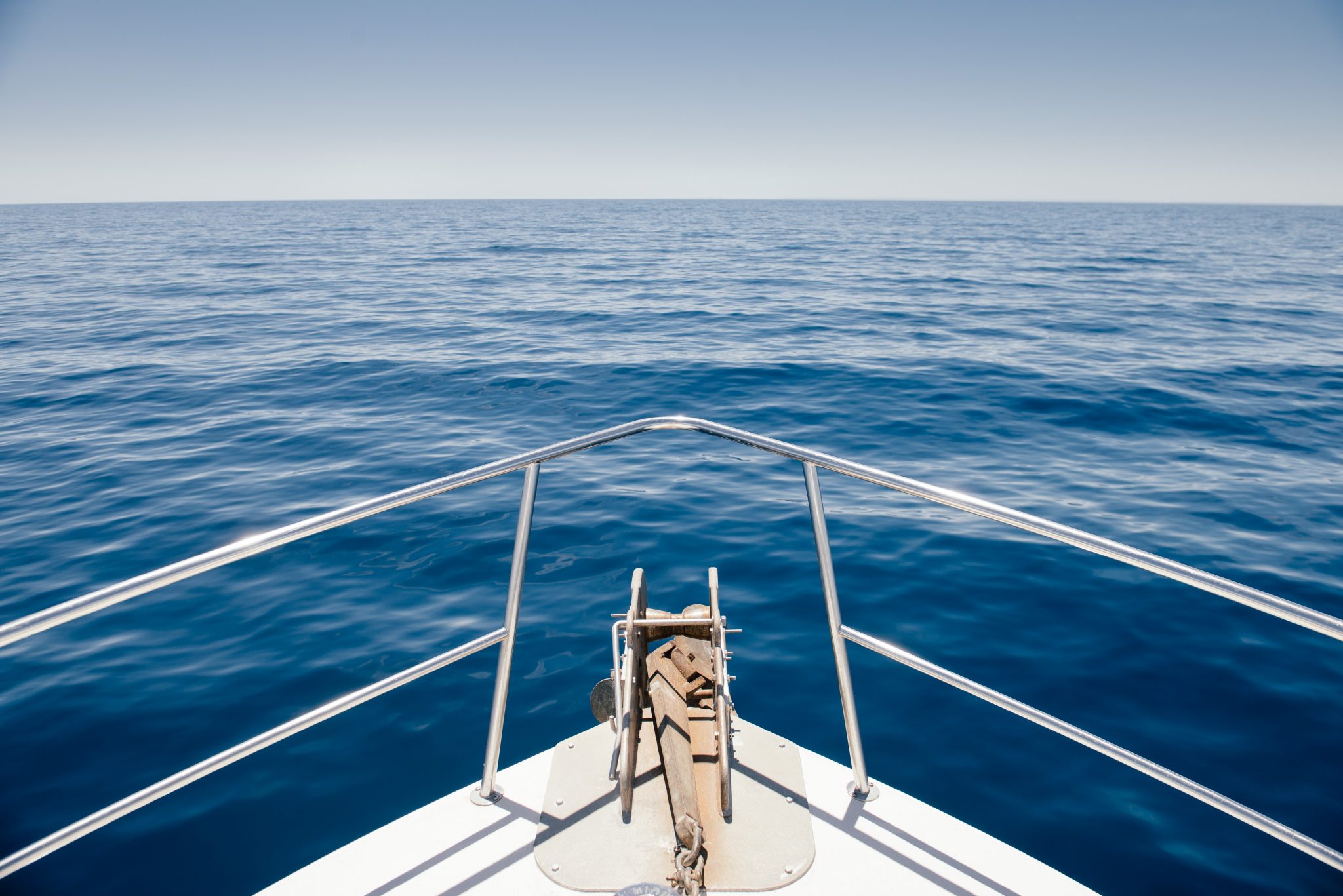Summer is here and that means one thing to Margaret River anglers: dhufish season. Flaky, rich, delicate and full of flavor, the fillets from a dhufish are the most prized by fishermen and usually the most expensive at the fishmonger.
Add to that the patience needed to locate one in the Indian Ocean depths, the strategy needed to hook one and the fight to land one, and it’s clear why “dhuies” are the jewel in the fishing crown of the Margaret River region. Endemic to Western Australia, they are found nowhere else on Earth, reaching up to 25kg and 40 years of age.





